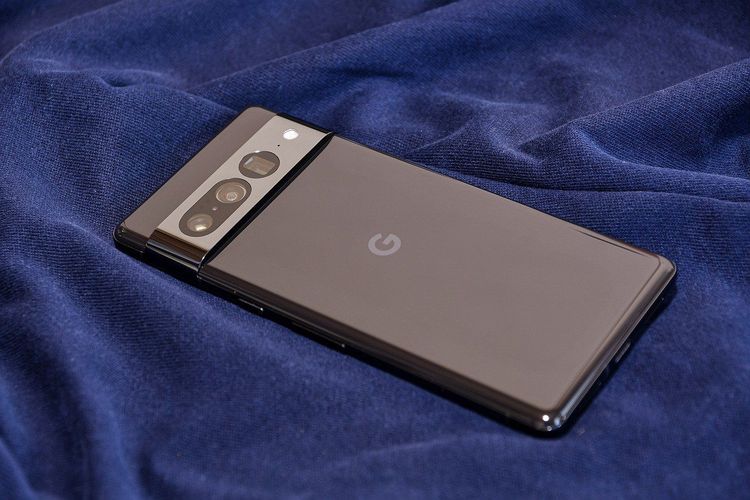OpenAI has recently unveiled several exciting updates to its flagship conversational AI model, ChatGPT, prominently featuring a fresh app and interface that showcases the system’s new user-facing persona: a sleek black dot. During the OpenAI Spring Event, CTO Mira Murati highlighted the goal of these enhancements, stating, “As these models grow increasingly complex, we aim to make interactions more natural and effortless, allowing you to focus less on the UI and more on the conversation.”
This new interface can be described as a dot, hole, or circle – open to your interpretation. It represents a significant and deliberate shift, reminiscent of Apple’s former commitment to minimalistic design. While the bubbly and upbeat voice may evoke concerns about anthropomorphism, it’s a relief that there isn’t a haunting face accompanying it.
When ChatGPT speaks, the black dot transforms into a stylized waveform, echoing the effect when users interact vocally. This design choice subtly emphasizes the essence of conversation and collaboration, effectively masking the complex technology behind the scenes. Notably, the dot doesn't morph into a large eye during video analysis; instead, it provides a real-time display of its visual observations.
You might also find that the circle within a rectangle evokes certain associations:
It’s essential to note that OpenAI isn’t the pioneer in adopting this design trend within the AI sector. For instance, Apple’s Siri has long featured a round appearance, and Meta’s AI bears a similar shape. Google opted for a sparkle design for Gemini, while Anthropic’s Claude remains formless.
However, the stark geometric theme here has taken on a distinctive form, inevitably recalling the looming AI depicted in Stanley Kubrick and Arthur C. Clarke’s visionary works. One could also conceive of the dot as a black hole for information: an amalgamation of global images and texts compacted into an impenetrable sphere, with no details on its training data escaping (except during court cases).
Amid playful analysis, opting for a monochromatic scheme seems like a clever choice against the backdrop of vibrant, overwhelming visuals designed to engage users. A black dot is neutral and adaptable; introducing new functionalities and symbols to convey its activity is straightforward, and its recognizability is high. Aside from evoking the eerie image of a vast black void, this design decision serves as a smart branding strategy.
Expectedly, you’ll soon notice the new dot interface across both desktop and mobile applications, although the web interface hasn’t yet adopted this change.
Stay updated on AI innovations by signing up for our newsletter, launching on June 5.







